Teaching Abacus to Exceptional Students | UCMAS Iran
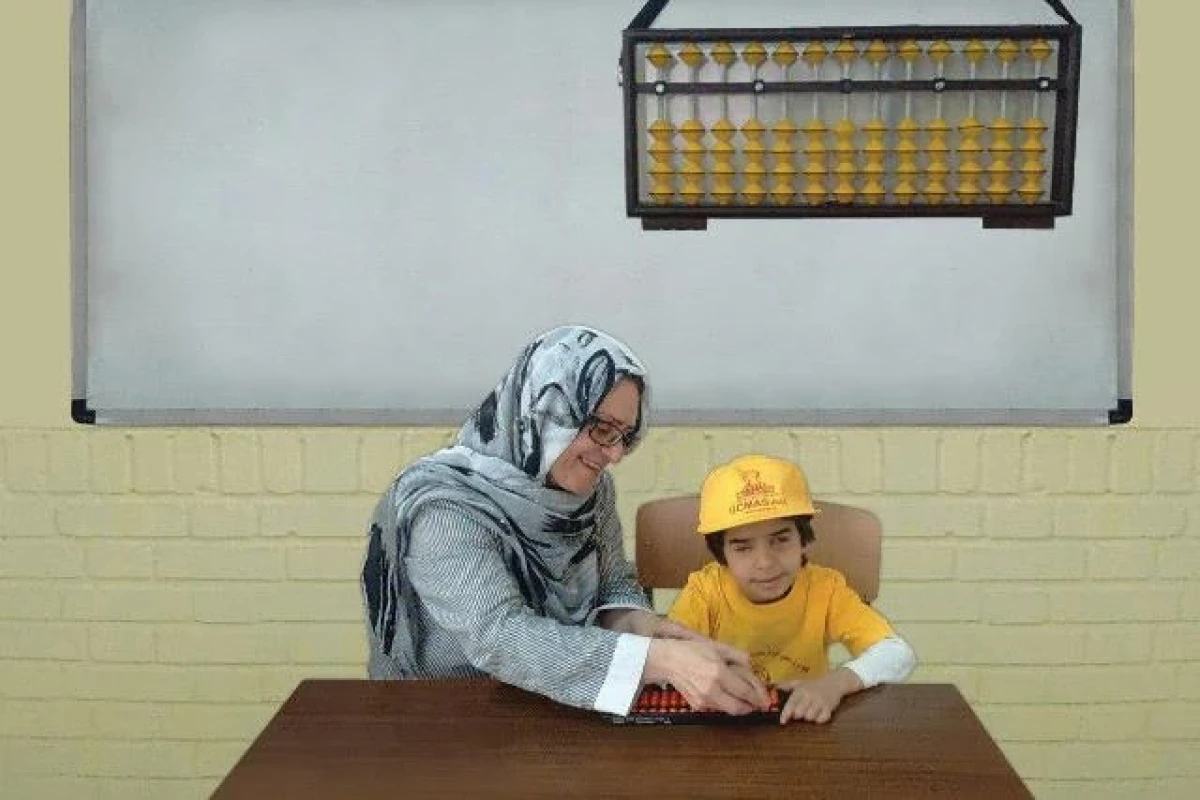
The world of education is full of innovative methods to nurture the talents of exceptional students. Among these, the abacus, this ancient yet practical tool, has found a special place as an engaging and effective method for enhancing the mathematical skills and mental abilities of this group of students.
Why Abacus for Exceptional Students?
In this article, we intend to take a journey into the fascinating world of teaching the abacus to exceptional students. Join us as we explore the benefits and methods of this educational approach.
In this article, we aim to explore the benefits of using the abacus for exceptional students and children with learning disabilities. Traditional methods of teaching mathematics may not always meet the specific needs of this group of students. However, the abacus, as a tangible and tactile tool, can address these challenges to a great extent.
In this journey, it is essential to engage children in the learning process by employing appropriate methods suitable for them, thus enhancing the quality of education. Since the new approach to mathematics aims to develop skill-based objectives, it is crucial to expand these skills in children through specific measures and methods.
Advantages of using the abacus for exceptional students:
- The concept of the abacus takes us back to ancient times, but due to its numerous advantages, the use of the abacus for calculations is expanding rapidly today.
- The abacus for students (Soroban) consists of 17 rows, with one bead at the top and four beads at the bottom of each row.
- It is a reliable tool for mathematical calculations.
- Provides a tangible way of accessing calculations.
- Increases finger dexterity skills.
- Engages the mind in calculations.
- Increases accuracy.
- Improves concentration.
- Speeds up calculations.
- Strengthens memory.
- Helps internalize calculations in the mind.
- Makes calculations enjoyable and increases motivation.
- It is a unified tool, eliminating the possibility of losing or spilling its parts.
- Engages the learner, making them active in the learning process.
The use of abacus for visually impaired students:
Visually impaired students often learn to perform mathematical calculations using assistive technology upon entering school. Working with this tool is often difficult and cumbersome for students.
Arranging the beads on the abacus screen, considering the various symbols representing different degrees, concepts, and numbers, is time-consuming and challenging.
There is a high risk of breaking the abacus screen and losing or misplacing the beads while using this tool.
The tool is large and unwieldy: the beads on the abacus screen usually do not match the spaces they are supposed to occupy, making it difficult to place and remove the beads on the screen.
Mathematical operations take up a lot of space on the screen.
Arranging the beads based on their size and various symbols, which is time-consuming and sometimes impossible for students with visual impairments, as well as other physical, mental, and sensory challenges they may face.
Ultimately, due to the visual impairments of students and the usability issues with the abacus, despite the fact that education should be engaging and enjoyable for learners, math lessons often become tedious, and performing calculations becomes difficult and time-consuming for both students and teachers.
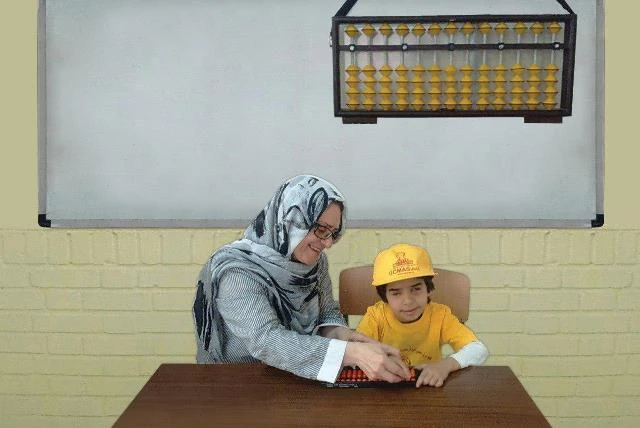
Since visually impaired students need to perform mathematical calculations using a tangible tool and are mostly auditory learners, incorporating the abacus instead of the calculator can easily harness its benefits to increase the motivation and interest of learners in math lessons and enhance their cognitive development, facilitating and deepening access to educational goals.
The advantages of using the abacus include increased accuracy, concentration, and strengthening of finger and hand muscles, which have tangible positive effects on learners who have challenges in these areas.
Application of the abacus for students with intellectual disabilities:
Using the abacus for students with intellectual disabilities can also be very beneficial because teaching this group of students should be concrete and tangible, presented in simple language, and require constant repetition and practice. They have difficulty grasping concepts and easily forget, with limited mental capacity and memory, often lacking the motivation and interest needed for learning and educational activities.
The abacus provides a tangible way for them to perform numerical and mathematical operations, gradually reducing forgetfulness as activities are engraved in their minds.
Application of the abacus for students with hearing impairments:
By utilizing visual cues and enhancing finger skills, teaching mathematical operations through the abacus for this group can be very engaging and rapid.
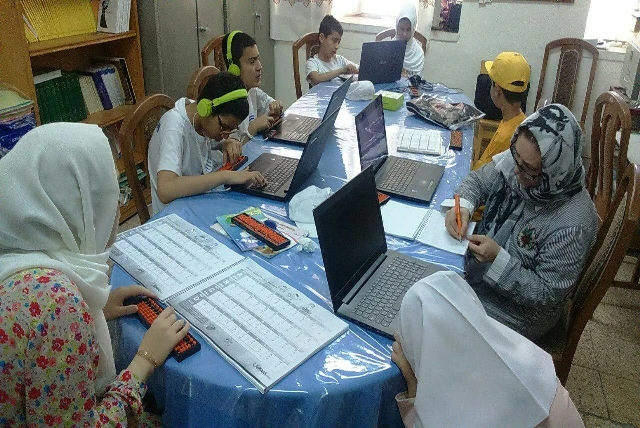
Increasing visual memory, finger dexterity, calculation speed, motivation, interest, memory expansion, and development are accessible for this group of students through proper abacus training. The application of the abacus for other groups of students who have learning disabilities, especially in mathematics, and students who are hyperactive can be beneficial in increasing their accuracy and concentration.
Methods of teaching the abacus to exceptional students
Methods of teaching the abacus to exceptional students should be tailored to the type and severity of their disabilities. Here are some key points in this regard:
- Step-by-step instruction: Abacus training should proceed gradually, with patience and ample time. Initially, basic concepts such as counting numbers and their place value are taught to the student. Then, gradually, the method of performing simple addition and subtraction calculations with the abacus is taught.
- Use of different senses: In the teaching process, in addition to the sense of touch, other senses of the student, such as visual (if possible) and auditory senses, should be utilized. Combining different senses makes understanding and learning easier for the student.
- Personalized instruction: The abacus training program should be designed based on the specific needs and abilities of each student. For example, for visually impaired students, abacuses with prominent or colorful beads can be used.
Auxiliary tools for teaching abacus to exceptional students:
- Use of large-font numbers and images for better understanding of mathematical concepts.
- Use of educational abacus software for practice and reinforcement of learning.
- Use of educational games centered around the abacus to create motivation and entertainment during learning.
Where to Start?
To begin teaching the abacus to exceptional students, one can establish contact with educational centers specializing in the education of this group of students. These centers, equipped with experienced specialists and an understanding of the special needs of exceptional students, can conduct abacus training courses individually or in groups.
The most important aspect of starting abacus instruction is to motivate the students and create a patient and encouraging environment. With patience, perseverance, and continuous encouragement, one can witness the blossoming of exceptional students' talents in mathematics and the enhancement of their cognitive skills through the use of the abacus.
Success Stories: The Abacus, a Key to Excellence
The use of the abacus for teaching mathematics to exceptional students has resulted in remarkable successes.
Many students with special needs who initially faced challenges in learning mathematics have been able to overcome these obstacles through abacus training. Not only have they strengthened their mathematical skills, but their self-confidence has also increased, enabling them to shine in their academic journey.
With a little internet search, you can find many inspiring stories of exceptional students who, with the help of the abacus, have excelled in mental math competitions and proven that disability can never be a barrier to the brilliance of their talents.
Conclusion
The abacus, this ancient simple tool, is more than just a counting device. Teaching the abacus to exceptional students can be key to unlocking their cognitive potential, enhancing their cognitive skills, and building self-confidence.
By utilizing appropriate teaching methods and addressing the specific needs of each student, the abacus can be effectively used to facilitate mathematical learning and elevate the academic level of exceptional students.
Let's not forget that in the world of learning, nobody is exempt. All students, regardless of their abilities, have the potential for learning and excellence. The abacus can serve as a bridge to make this path smoother for exceptional students.
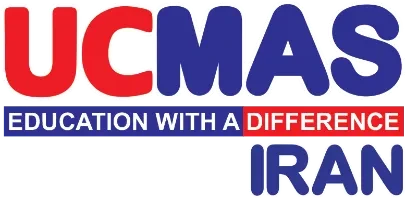
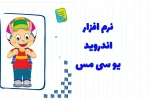 The Android UCMAS application (UCMAS Game App) + Features
The Android UCMAS application (UCMAS Game App) + Features
 Mental Arithmetic Tests
Mental Arithmetic Tests
 What is Abacus? History, Types & Modern uses | UCMAS
What is Abacus? History, Types & Modern uses | UCMAS
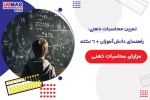 Mental Arithmetic Practice
Mental Arithmetic Practice
 How to Solve Different Radicals with Various Indices on a Calculator
How to Solve Different Radicals with Various Indices on a Calculator



There are no comments yet!
Leave a comment